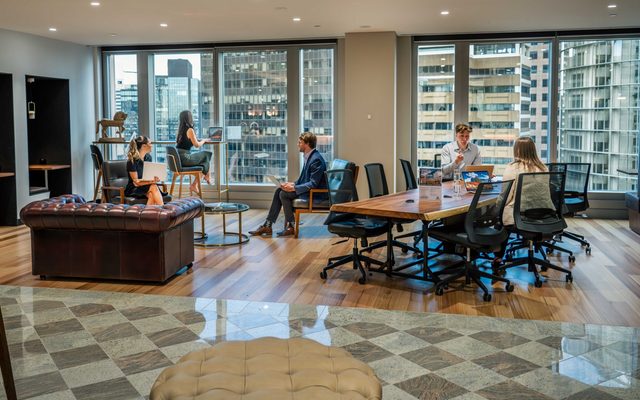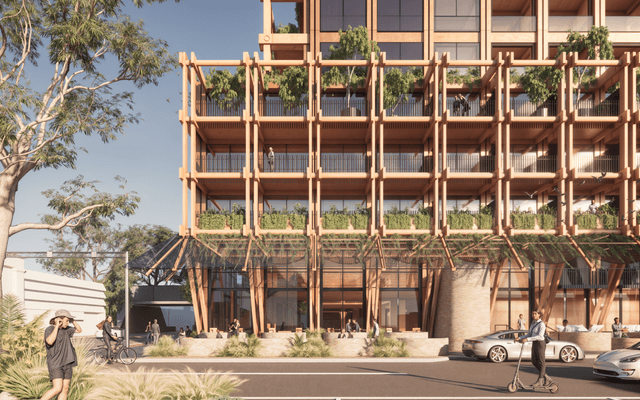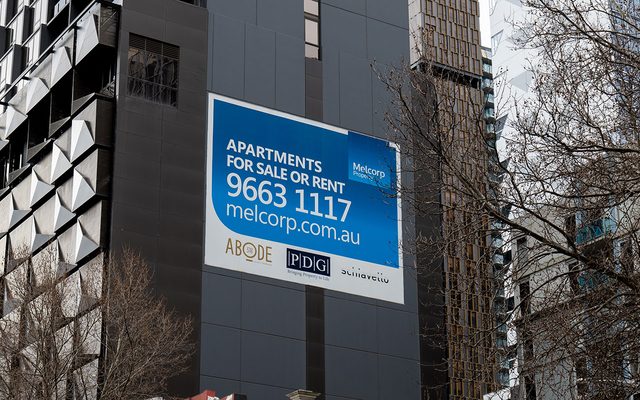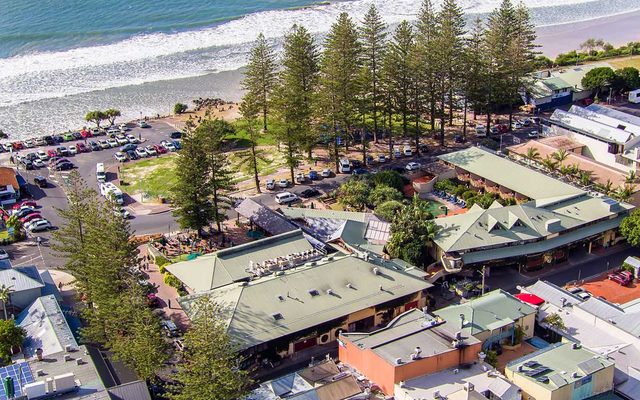This article is from the Australian Property Journal archive
AFFLUENT, middle-aged couples have driven Byron Bay median house price to be the highest in Australia, according to Propertyology, as the growing number of retirees chasing a sea or tree change makes an impact on regional dwelling values.
New research from the firm showed Sydney fell to second, at $950,000, while Byron’s 36.2% growth over three years – and 64% over the past five – to December 2018 to $987,500 gave it top spot.
Byron’s median price has increased by an average of 10.1% over the past 20 years, the highest of any Australian city.
Propertyology head of research, Simon Pressley said the nation’s most valuable real estate is located in a city that actually ranks just 73rd in population size.
“It’s staggering that Byron has averaged double-digit growth every single year for two decades. I doubt whether there’s another city anywhere in the world that has done that,” he said.
Sydney and Melbourne both produced a 44% increase over five years to be $950,000 and $772,500, respectively, with Melbourne coming in at sixth.
Pressley said the price gap between Australia’s two largest cities and its most expensive one was likely to widen further given house prices in Byron Bay continue to rise while in Sydney and Melbourne they continue to fall.
Three regional locations made the top five – Kiama and Wingecarribee, both in New South Wales, as well as Victoria’s Surf Coast, with $910,000. $814,000 and $835,000 respectively.
Rounding out the top then most expensive major locations were Wollongong, Noosa, Ballina and Canberra.
Seven of the top 10 are in regional areas.
Back in 1998, the median house price in Byron Bay was just $140,000. The city’s average population growth rate of 0.9 % is well below the 17-year national average of 1.5%.
“Byron’s status is the ultimate proof that the size of a city’s total population or the annual rate of population growth are not the biggest drivers of property prices because, as I always say, there are a large number of factors which influence property markets.
“In Byron’s case, housing demand is primarily driven by the affluent, middle-aged, Australian-born couple. Census data shows Byron’s median household age is 44 – compared to the national average of 38 – and there’s a below-average number of children per household as well.”
A higher percentage of households in Byron own their dwelling outright, at 36%, than the national average of 31%.
He said Byron’s desirable location in northern New South Wales means strong buyer demand pushes up prices, especially in recent years given many of its new residents reside in Byron while running businesses from their coffee tables or commuting to other capital cities.
“Byron is only a two-hour drive up the highway to Brisbane or a one-hour flight to Sydney via Ballina, plus the Gold Coast international airport is also only an hour away,” Pressley said.
Pressley said an increasing number of retirees relocating away from capital cities.
Many of the regional cities listed in the top 40 have a median household age that is well above the national average, while a smaller number of people living within those households, plus outright ownership ratios are significantly better than the national average.
He said expensive locations with very high age demographics generally aren’t particularly good for property investors, citing Hobart as an example, which scraped into the list in 40th place.
“Hobart was Australia’s best-performed capital city property market over the past three years. While Sydney is Australia’s largest city, property markets performed better over the past three years in 30 out of the 40 most expensive cities.”
Australian Property Journal




